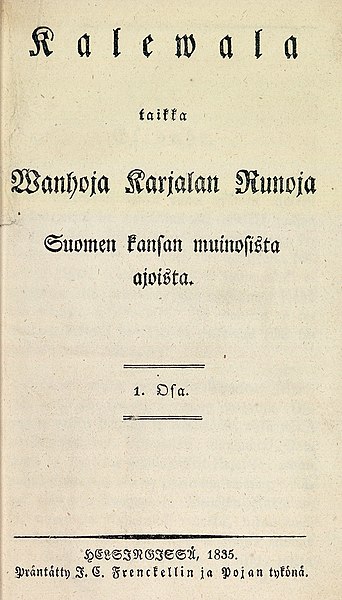The Faerie Queene is an English epic poem by Edmund Spenser. Books I–III were first published in 1590, then republished in 1596 together with books IV–VI. The Faerie Queene is notable for its form: at over 36,000 lines and over 4,000 stanzas, it is one of the longest poems in the English language; it is also the work in which Spenser invented the verse form known as the Spenserian stanza. On a literal level, the poem follows several knights as a means to examine different virtues, and though the text is primarily an allegorical work, it can be read on several levels of allegory, including as praise of Queen Elizabeth I. In Spenser's "Letter of the Authors", he states that the entire epic poem is "cloudily enwrapped in Allegorical devices", and that the aim of publishing The Faerie Queene was to "fashion a gentleman or noble person in virtuous and gentle discipline".
Title page of The Faerie Queene, c. 1590
Holiness defeats Error: an illustration from Book I, Part l of an 1895–1897 edition
Britomart Redeems Faire Amoret by William Etty, 1833. Tate Britain, London.
Britomart viewing Artegall by Walter Crane from Book III, Part VII of an 1895–1897 edition
An epic poem, or simply an epic, is a lengthy narrative poem typically about the extraordinary deeds of extraordinary characters who, in dealings with gods or other superhuman forces, gave shape to the mortal universe for their descendants.
A tablet containing a fragment of the Epic of Gilgamesh.
The first edition (1835) of the Finnish national epic poem Kalevala by Elias Lönnrot






